Green is calling, youth exchange Publication
Who We Are ?
Project “Green is Calling” hosted from 2nd to 10th of March 2024 in Biały Dunajec, Poland by Fundacja Kopalnia Inicjatyw was co-funded by Erasmus+ Programme of the European Union.
Participants coming from Poland, Lithuania and Slovakia met together with the aim to discover eco-friendly practices, foster eco awareness and improve knowledge about zero waste movement, ecology and environmental protection. During workshops they took part in energizers, ice breaking games, team building activities, presentations, debates, discussion panels and simulations.

The games
Why board games ?
During our workshops we had a creative task to create board games which are based on the important topics we discussed.
Trash recycling Memory card
Eco monopoly Eco CODE Presentation of the board games
Trash recycling

Trash recycling

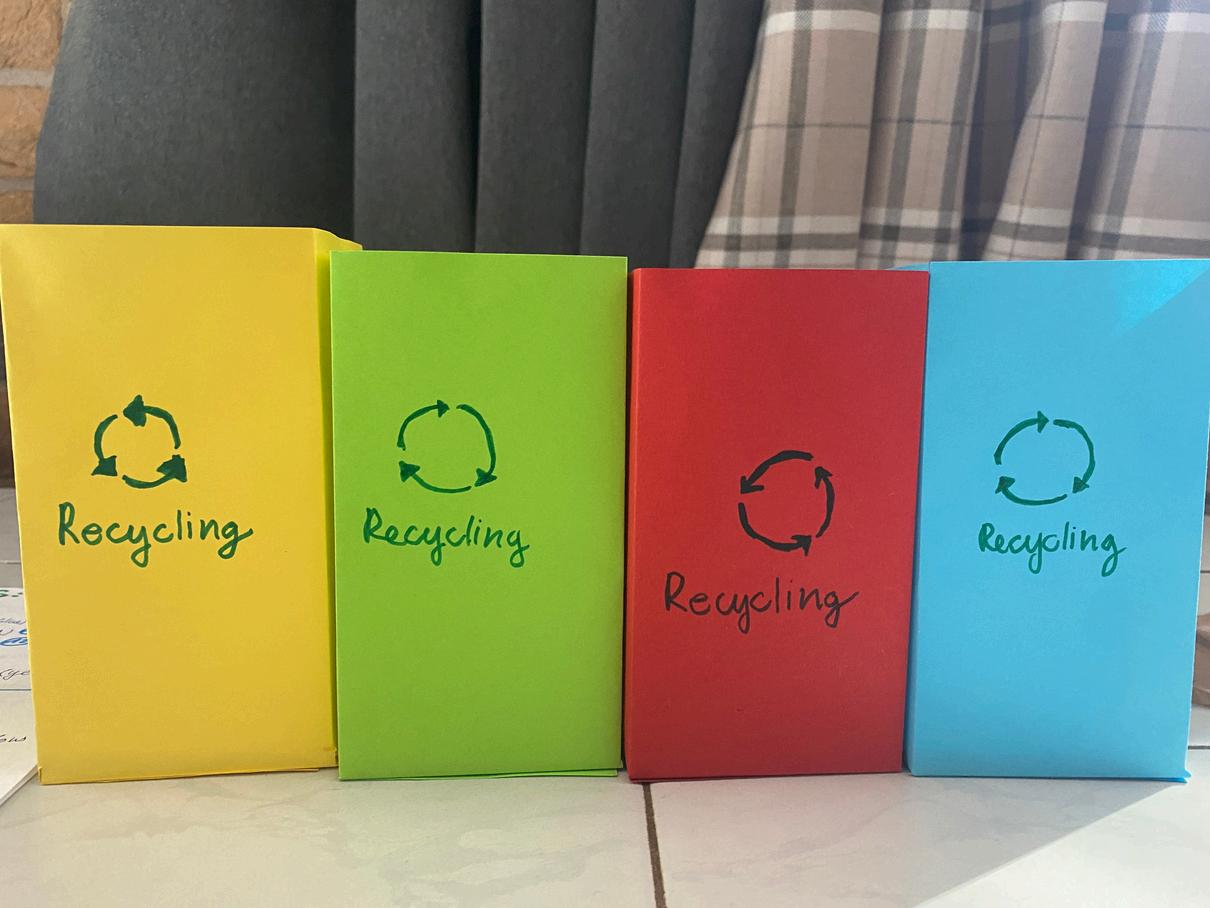
Memory card



Eco monopoly
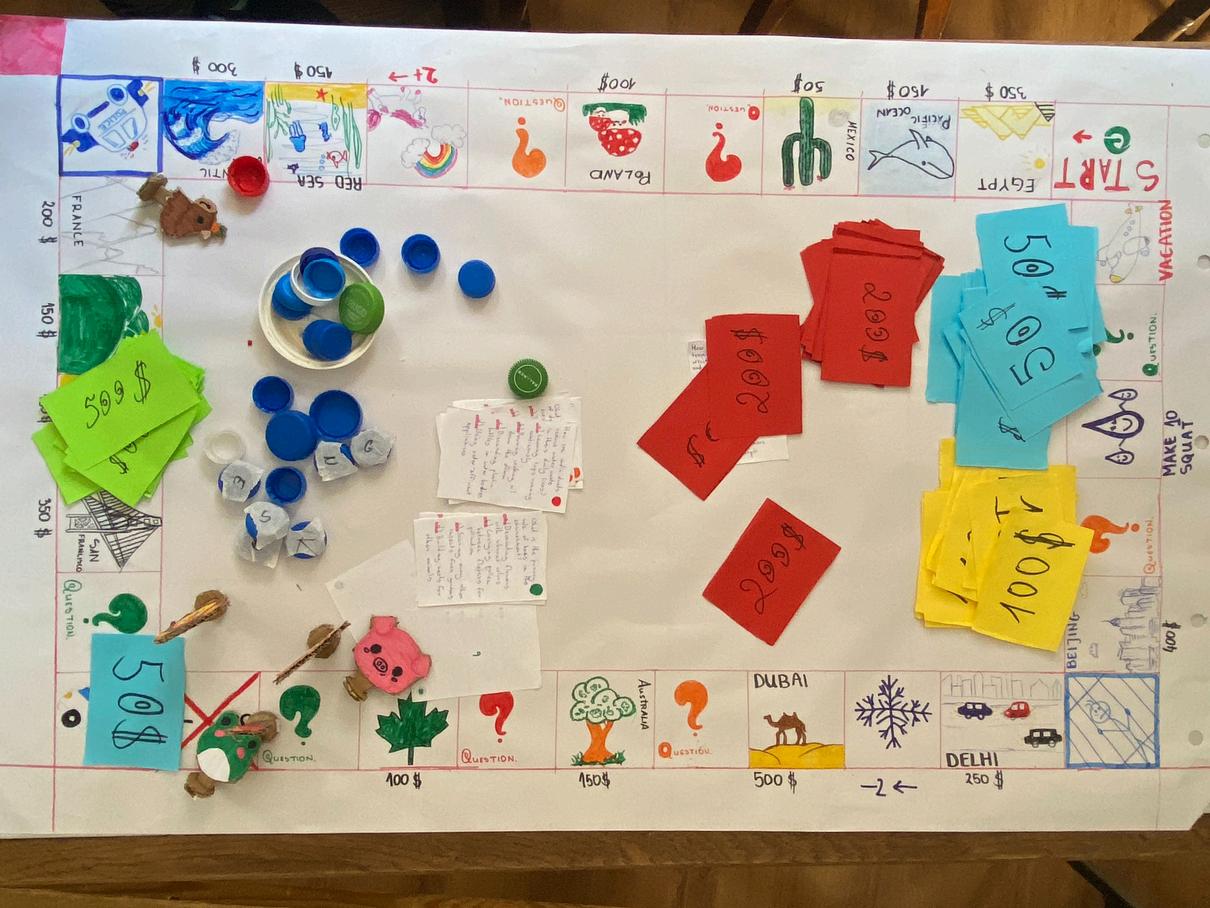

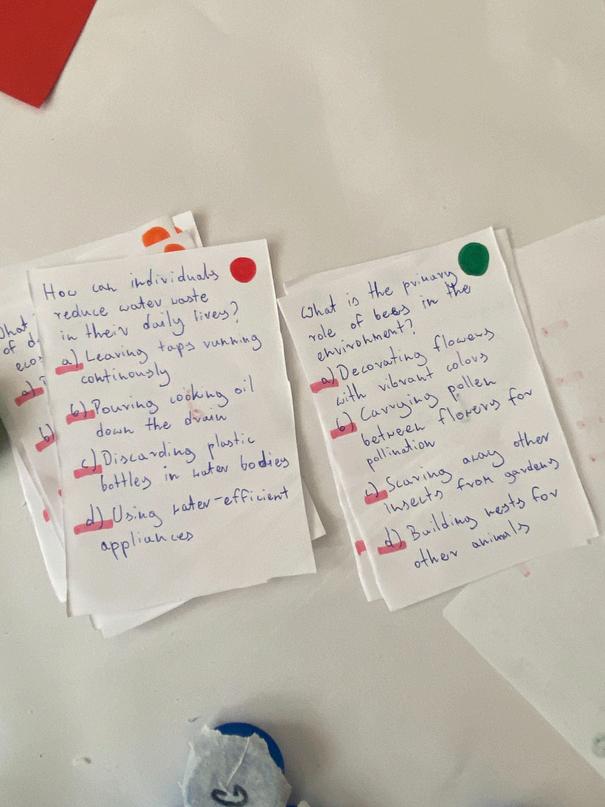

Eco CODE

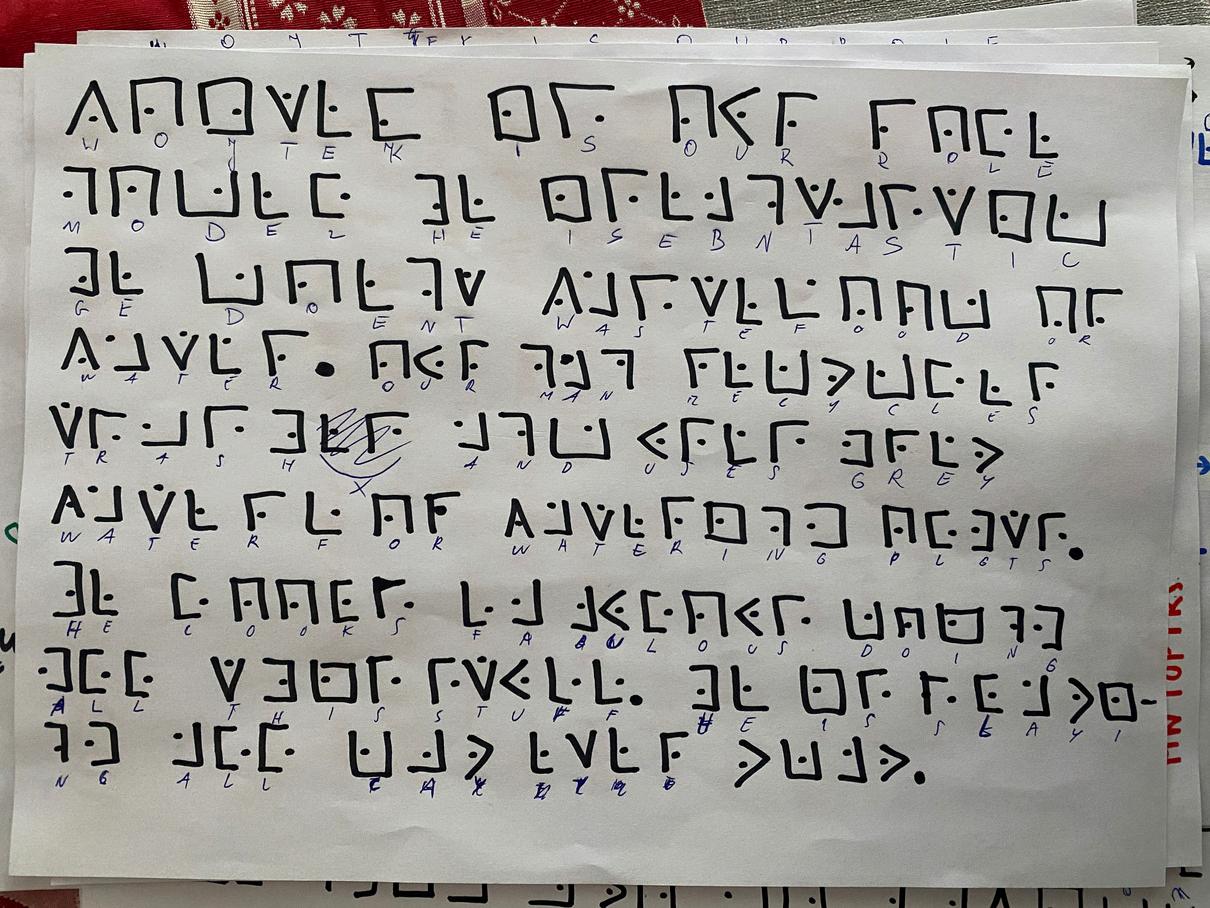
Our workshops
Today, taking care of our planet is super important.
Zero waste is a cool idea that helps us keep the Earth clean and healthy. It's not just a fancy word; it's a way of life that asks us to use less stuff and reuse what we can. We need to teach young society about zero waste so they can grow up knowing how to help the environment. Here are some easy ways to do it:
We should learn about zero waste in schools. Exploring why too much trash is bad for the Earth and how to use less plastic, how to recycle and compost will help to become smart shoppers who care about the planet.
1. Schools can do cool stuff, like making compost bins for food scraps, setting up recycling bins, and using things again instead of throwing them away. Students can also do fun projects, like turning old stuff into something new. This helps to see how cool it is to reuse things.
2. The Younger generation love playing online, so let's teach them about zero waste there! We can make fun videos and games that show why zero waste is awesome.
4.
3. Let's get involved in making neighborhoods cleaner and greener. Youth may help clean up parks, plant trees, and organize events to teach others about zero waste. This makes everyone feel proud and helps to see how working together can make a big difference
So, teaching about zero waste is super important By helping young people learn, do fun stuff, play online, and get involved in their communities, we can make sure that young society grows up to be Earth heroes who help keep our planet healthy for a long time

Our workshops
High fashion changes quickly and uses a lot of resources.
Slow fashion is more careful with resources and cares about the environment. This report explains why high fashion is worse for the environment compared to slow fashion.
1. Using Up Resources:
High fashion needs a lot of water, land, and energy for making clothes. Growing cotton and making synthetic fibers need a lot of water and energy. This can harm the environment.
2. Making Pollution:
High fashion causes a lot of pollution. Dyeing clothes releases chemicals into water, which is bad for animals and plants. Also, throwing away clothes causes pollution in the air and land.
3. Making Too Much Waste:
High fashion makes too many clothes that people don’t keep for long. This makes a lot of trash. Trash from clothes can make gasses that hurt the environment.
4 Not Treating Workers Fairly:
People who make clothes for high fashion often work in bad conditions for low pay This is not fair and can hurt people
5 Making a Big Carbon Footprint:
High fashion makes a lot of carbon gasses, which is bad for the environment Making clothes far away and shipping them also creates a lot of gasses
High fashion is not good for the environment
It uses too many resources, makes a lot of pollution, creates too much waste, and doesn’t treat workers fairly Slow fashion is better because it cares about the environment and uses fewer resources. We should think about slow fashion to help the environment.


Our workshops
Consumerism and Mass production.
Buying too much stuff and making lots of things quickly hurts nature. This report explains why it's bad for the environment and why we should care.
1. Using Up Nature's Gifts:
When we make lots of things, we use up a lot of nature's gifts like water, land, and trees. This can make it hard for animals and plants to live.
2. Making Dirty Messes:
Making things often makes dirty messes, like air pollution and water pollution. These messes can harm animals, plants, and even people.
3. Creating Too Much Trash:
After we use things, we throw them away. But too much trash can be a big problem. It takes up space and can hurt the Earth when it breaks down.
4. Harming Wildlife:
All this buying and making can hurt animals. Pollution can make it hard for them to breathe and live in their homes Sometimes, they can get sick or die because of it
5 Changing the Climate:
Making lots of stuff also makes a lot of gasses that make the Earth hotter This can change the weather and make it harder for plants, animals, and people to live comfortably
Buying too much stuff and making lots of things quickly isn't good for nature It uses up nature's gifts, makes dirty messes, creates too much trash, harms wildlife, and changes the climate We should be careful about how much we buy and make so we can keep the Earth

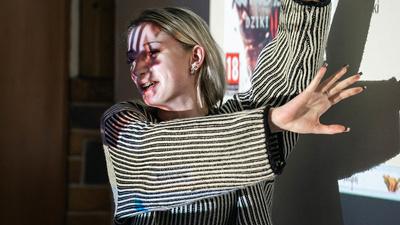
Our workshops
Plastic's Impact on Nature
Plastic is everywhere, but it's not good for nature This report explains how plastic harms the environment and why it's important to pay attention to
1. Pollution:
Plastic pollution is a big problem. When people throw plastic away, it doesn't just disappear. It can end up in oceans, rivers, and land, harming animals and plants. Plastic trash can choke animals or make them sick if they eat it.
2. Breaking Down:
Plastic doesn't break down easily. Instead, it breaks into tiny pieces called microplastics. These microplastics can spread everywhere, even into the air we breathe. They can harm animals, and if they get into the soil, they can affect plant growth.
3. Chemicals:
Plastic can contain harmful chemicals. When it breaks down, these chemicals can leak into the environment, polluting water and soil. This pollution can affect the health of animals and plants and even humans who rely on these resources.
4. Disrupting Ecosystems:
Plastic pollution can disrupt ecosystems. It can change habitats and affect the balance of nature. For example, if plastic blocks sunlight in the water, it can harm underwater plants that animals need to survive.
5. Long-term Impact:
Plastic pollution doesn't go away quickly It can stay in the environment for hundreds of years, continuing to harm nature This means that the impact of plastic pollution today can affect future generations
Plastic has a big impact on nature It pollutes the environment, breaks down into harmful microplastics, contains chemicals that can harm living things, disrupts ecosystems, and has long-term effects It's important to reduce our use of plastic and properly dispose of it to protect the environment for the future
























